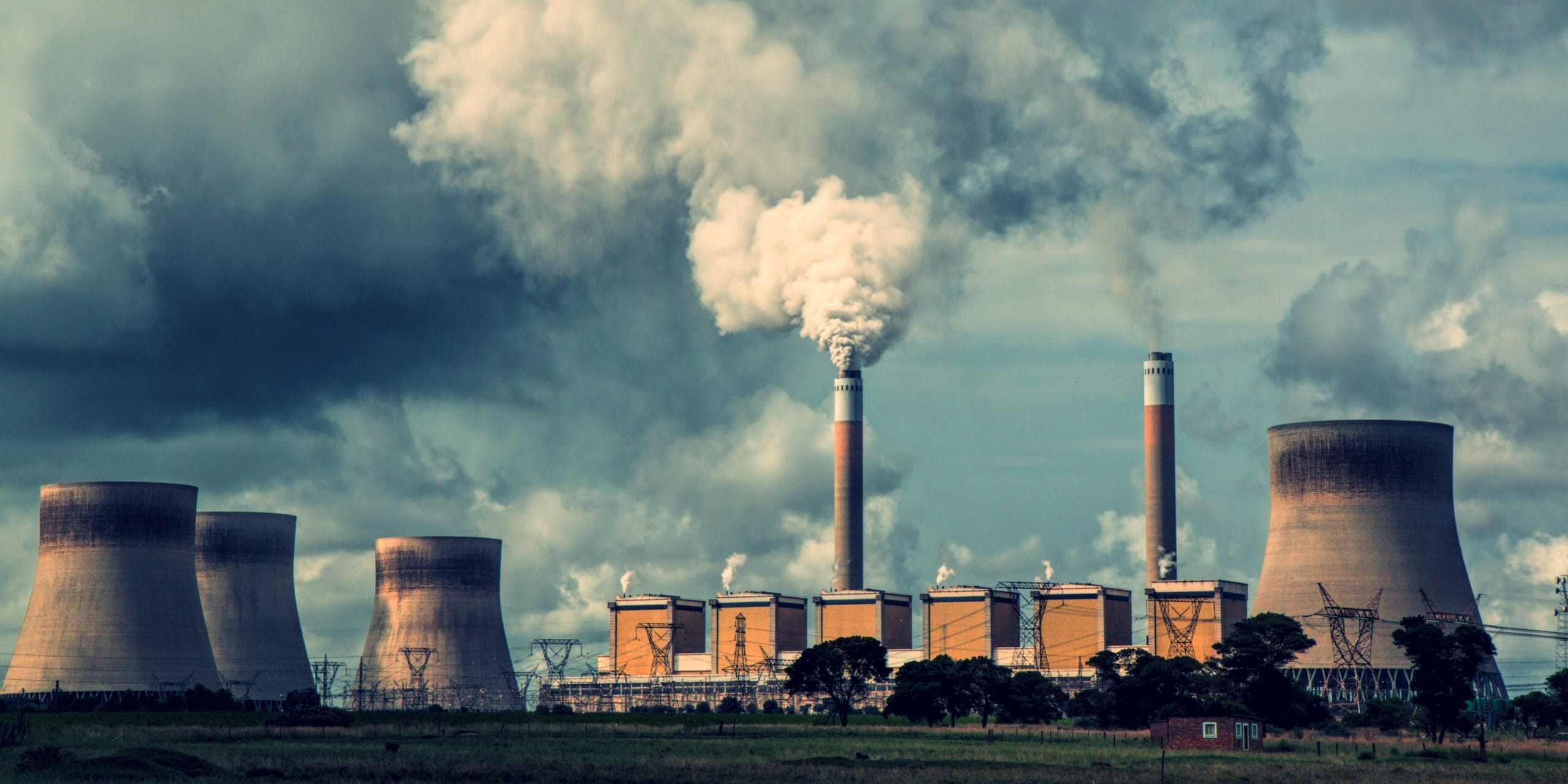The International Energy Agency (IEA), in its year-end report, revealed that coal usage worldwide increased by 1% to 8.77 billion tonnes, representing a new record consumption for 2024. This certainly comes as a dent to the clean energy sector as coal still remains an important energy source despite international efforts to reduce dependence on fossil fuels. According to the report, the rise is attributed to increased electricity demand in countries like China and India.
The IEA data also showed that the electricity generated from coal reached an unprecedented 10,700 terawatt-hours (TWh) in 2024. It is pertinent to mention that coal consumption was on a downward trajectory when COVID-19 intensified, but in just a couple of years since the pandemic, the surge in coal consumption showcases the world’s reliance on coal, especially in rapidly growing economies.
China is the largest consumer of coal as per the global coal consumption data. The Asian powerhouse accounted for more than 33% of the total coal usage in 2024. The country also set a record for daily coal production, an average of 14.27 million metric tons daily in November — a direct result of the government’s proposal that companies increase production before the winter heating season.
China’s South Asian neighbor, India, has also increased coal consumption to support industrial expansion and improve access to electricity. Meanwhile, coal usage in Europe and North America is declining. If IEA’s report is any indication, there seems to be a very visible pattern of coal consumption, with the east more heavily relying on fossil fuels and the west’s increasing adoption of renewable energy sources. For instance, in the UK, the last coal-fired power plant, Ratcliffe-on-Soar, ceased operations in September 2024, just ahead of the government’s deadline to phase out coal.
The IEA anticipates global coal demand will experience an upward trend through 2027, indicating that the shift away from coal has been slower than expected. The IEA’s “Coal 2024” report, released on December 18, shows global demand has exceeded 8.9 billion tonnes this year, marking an above 10% increase in demand from the last decade.
When comparing the coal demand to the more pressing climate issue, the current reliance on coal is a significant hurdle to overcome. Coal remains the largest source of carbon emissions, and countries that are signatories to the Paris Agreement need to create a proper blueprint to adopt clean energy technologies in the next decade. In December of last year, at the COP28 Climate Conference, world governments committed to this transition, which was further reiterated at the G7 Climate Conference in Italy, where G7 powers pledged to close all coal-powered plants in their countries by 2035.
A more recent summit, COP29, ended with a funding promise of $300 billion when the estimated necessity for developing countries was at 1.3 trillion. So, on top of excessive coal usage, we have a huge funding gap from COP29 to deal with on the path to a greener future.
For a sustainable future, world governments talk about adopting policy controls and investing in clean energy technologies. But these technologies are very costly, allowing for fossil fuels like coal to still reign supreme. For the world, the question is, what cost are we willing to pay? The cheap cost of energy or the high cost of human survival?









